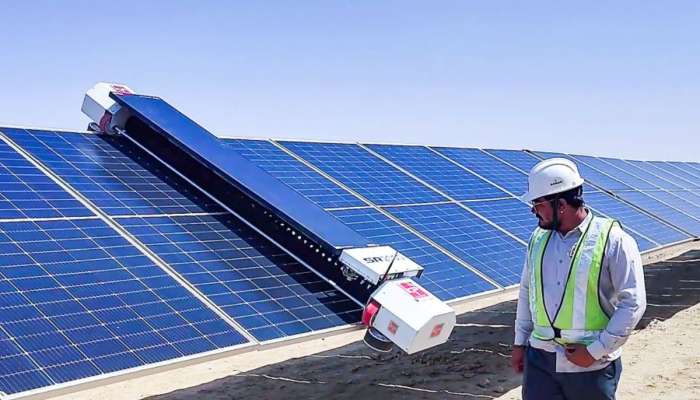
India has become the world’s third-largest generator of electricity from wind and solar sources — overtaking Germany and trailing only behind China and the United States.
The 2025 Global Electricity Review confirms India’s ascent and highlights the country’s central role in shaping the future of global energy and climate policy.
India’s position in the global clean energy hierarchy is more than a numerical milestone — it marks the dawn of a new era in its energy evolution. With a growing population, rapid industrialization, and mounting electricity demand, India’s clean energy leadership stands as a testament to strategic vision, innovation, and unwavering policy commitment.
Wind and solar now contribute 15% of global electricity
According to Ember, wind and solar now contribute 15% of global electricity, with India accounting for a significant 10% of that total — a remarkable feat given its developmental and infrastructural complexity.
Domestically, wind and solar provide 10% of India’s electricity, while hydropower contributes another 8%. Together, these clean sources are reshaping India’s power mix, displacing polluting fuels and enhancing national energy security.
The standout statistic from 2024: India added 24 gigawatts (GW) of new solar capacity, more than doubling its 2023 installations. This rapid acceleration reflects growing investor confidence, robust policy incentives, and a maturing renewable energy market.
From sprawling utility-scale solar parks in Rajasthan and Gujarat to urban rooftop systems and village-based solar projects, India’s solar rollout is diverse, inclusive, and rapidly expanding.
India’s well-established wind energy sector — anchored in Tamil Nadu, Gujarat, Maharashtra, and Karnataka — continues to play a crucial balancing role. Emerging hybrid projects that combine wind, solar, and battery storage are also helping to stabilize supply and ensure round-the-clock green power.
Commitment to achieve 500 GW of non-fossil fuel capacity by 2030
At the heart of India’s clean energy progress lies a convergence of visionary targets and pragmatic execution. The commitment to achieve 500 GW of non-fossil fuel capacity by 2030 has unlocked long-term investment and technology transfer.
Supporting policies — such as competitive auctions, domestic manufacturing incentives under “Make in India,” and regulatory clarity — have nurtured a dynamic ecosystem where costs are falling, employment is rising, and innovation thrives.
What distinguishes India’s clean energy story is its inclusive reach. From powering remote villages and agricultural pumps to enabling micro-enterprises and reducing energy poverty, India is proving that renewables are not just for climate — they’re for livelihoods, equity, and empowerment.
Solar-powered cold storage, water pumps, e-mobility, and rural electrification initiatives are spreading the benefits of clean energy deep into the grassroots. Transition to clean energy is no longer confined to developed nations.
India’s green rise is not end of journey — start of a movement
India’s rise comes with global ramifications. As one of the fastest-growing major economies, India’s decisions now shape global energy flows and carbon trends. Its success reinforces a powerful message: the transition to clean energy is no longer confined to developed nations. It is a shared responsibility — and one where leadership can come from anywhere.
India’s clean energy journey is also attracting significant international investment and trust. With policy stability and demand certainty, the country is emerging as a prime destination for clean energy capital and technology partnerships.
India’s clean energy expansion is not just a passing trend — it’s a sustained transformation built on years of groundwork. It exemplifies how democratic governance, environmental responsibility, and economic development can align.
With active leadership in international coalitions like the International Solar Alliance (ISA), India is not only scaling capacity but also exporting vision and values.
As India joins the ranks of global clean energy giants, its contribution goes far beyond gigawatts. It brings credibility, innovation, and moral leadership to the global energy transition. Once seen as a climate challenge, India is now a key part of the climate solution.
This is more than an energy story — it’s a story of national resolve, shared prosperity, and visionary governance. It’s about showing the world that clean energy can power not just economies, but also dignity, equity, and hope.